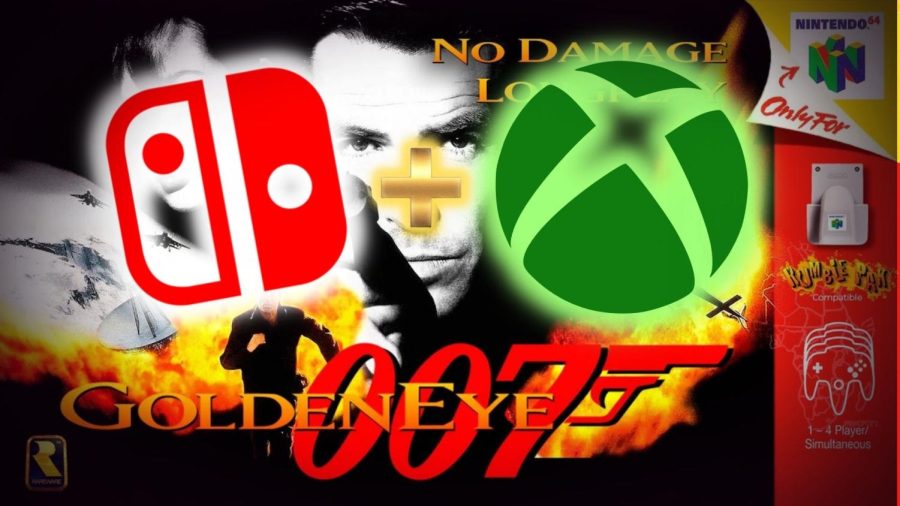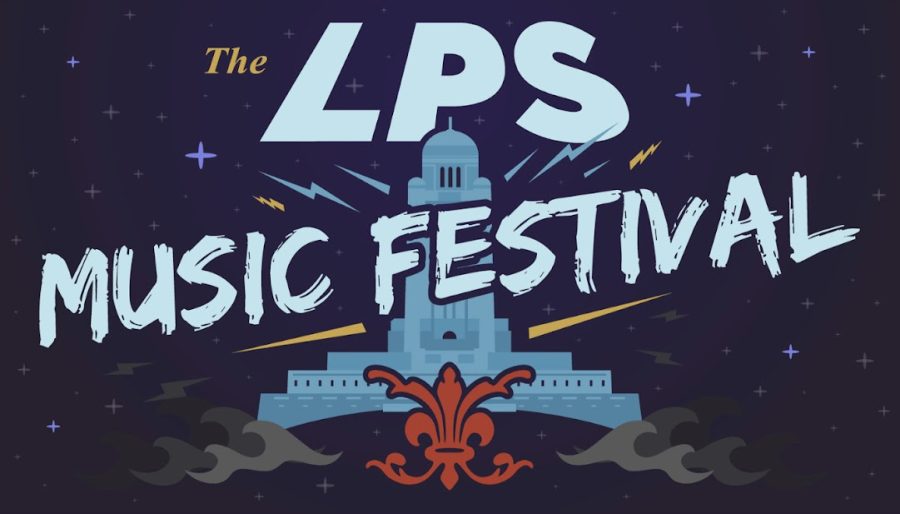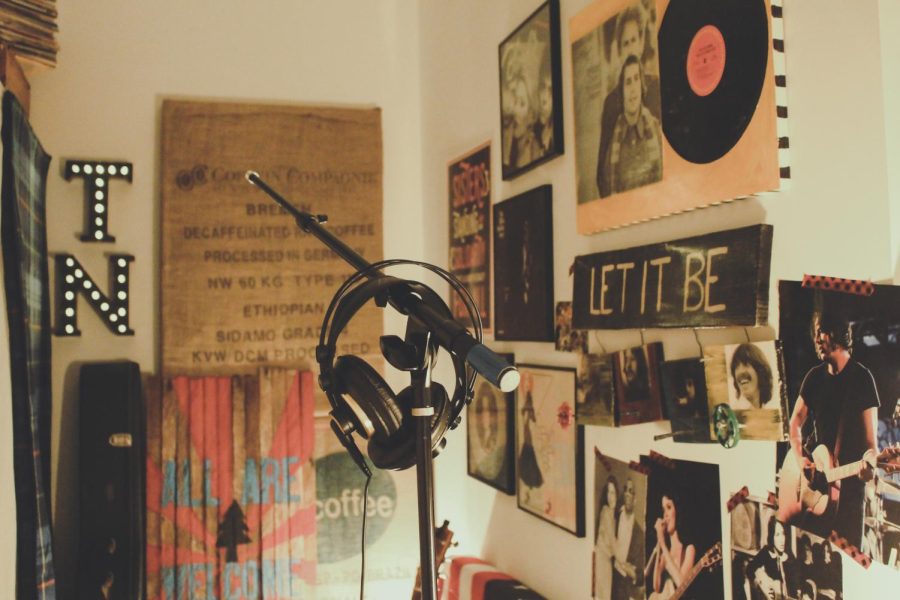By Chris Maly (Adviser)
In 1992, the Irish quartet U2 attempted something revolutionary: mix multi-media within a live stadium show. The Eno-like thinking was to utilize emerging technology as an art-form, or as drummer Larry Mullen, Jr. surmised, “People get to come to a rock show and watch television. What could be better?” Although stated sarcastically, the sentiment and concept held: televisions have all but overtaken Lincoln’s Memorial Stadium and Cornhusker games have become excercises in fusing media within a multitude of events… concerts, sports, weddings, et al. Since the success of the infamous ZOO TV Tour, concerts have become technically complex productions that make the Beatles at Shea Stadium seem visually stark. Stadium concerts have evolved from the Fab Four’s show in Flushing, but what has emerged is a new starkness: the potential death of stadium concerts. The very thought of performing before 60,000 people has become a distant memory as buildings like the Qwest Center sell fewer tickets at a raised rate. This makes U2’s 360 Tour, in many ways is a cultural oddity. It goes against convention and norms of music performance today. The innovation of the 360 Tour is not its adventurous stage production but the very idea of producing a show of this magnitude. Rather than question the presence of media at concerts (as we did in 1992), today we question the very idea of an elaborate, technically costly stage show.
The mere challenge seems to be reason enough for U2 to attempt its hold on stadium performance. However, it’s not 1992 and their recent release No Line On The Horizon is proving to be a financial (and cultural) lame duck. What is striking about this concert is its corporate sponsorship by Blackberry. Throughout the stadium in Norman, Oklahoma, signs were placed bearing the Blackberry logo. This is a far cry from the U2 of the 1980s and 90s that shunned the idea of corporate partners. However, times and production costs have changed. From the outset of the show, it was clear that U2 wanted to create a musical event. Unlike Zoo TV, the video screens served as functional viewing devices for the audience and not an exploration into artistic expression. Very little visual artistry was present in the early part of the set, unlike past tours. The songs tended to stand on their own and U2 presented its latest songs in conjunction with established classics. The only deviation from the standard recordings was a techno-style performance of I’ll Go Crazy If I Don’t Go Crazy Tonight.
To their credit, U2 performed well and proved it can still have a hold on a massive crowd. The show went from a rousing, festive play of radio standards into politically-minded pathos with performances of Walk On and One. After the show’s pinnacle performance of Where The Streets Have No Name, the subject matter turned and ended with somber renditions of With Or Without You and Moment of Surrender.
U2 delivered on its ability to provide a high quality show and allowed its vision of a 21st century show to be fulfilled. U2, under the technical direction of stage designer Willie Williams, has clearly pushed the boundaries of stage/concert production to new heights. The question, however, is whether or not this evolution will continue or if it has reached a stopping point. Consider that very few artists today would even consider the financial risk of such an event which made the concert a rare moment, in what could be, a fleeting act: to experience live music en mass. The tour, which begins a third leg in America next year, has been, from all accounts, a success for the band and has salvaged a mediocre album. What will be interesting in the coming years is to see what artists (if any) attempt to perform on this scale ever again and if the stadium show can move beyond the conventions of the 360 Tour and attempt what future generations will label “revolutionary”.
To see a full performance of the 360 Tour, visit YouTube and watch U2’s performance at the Rose Bowl.






